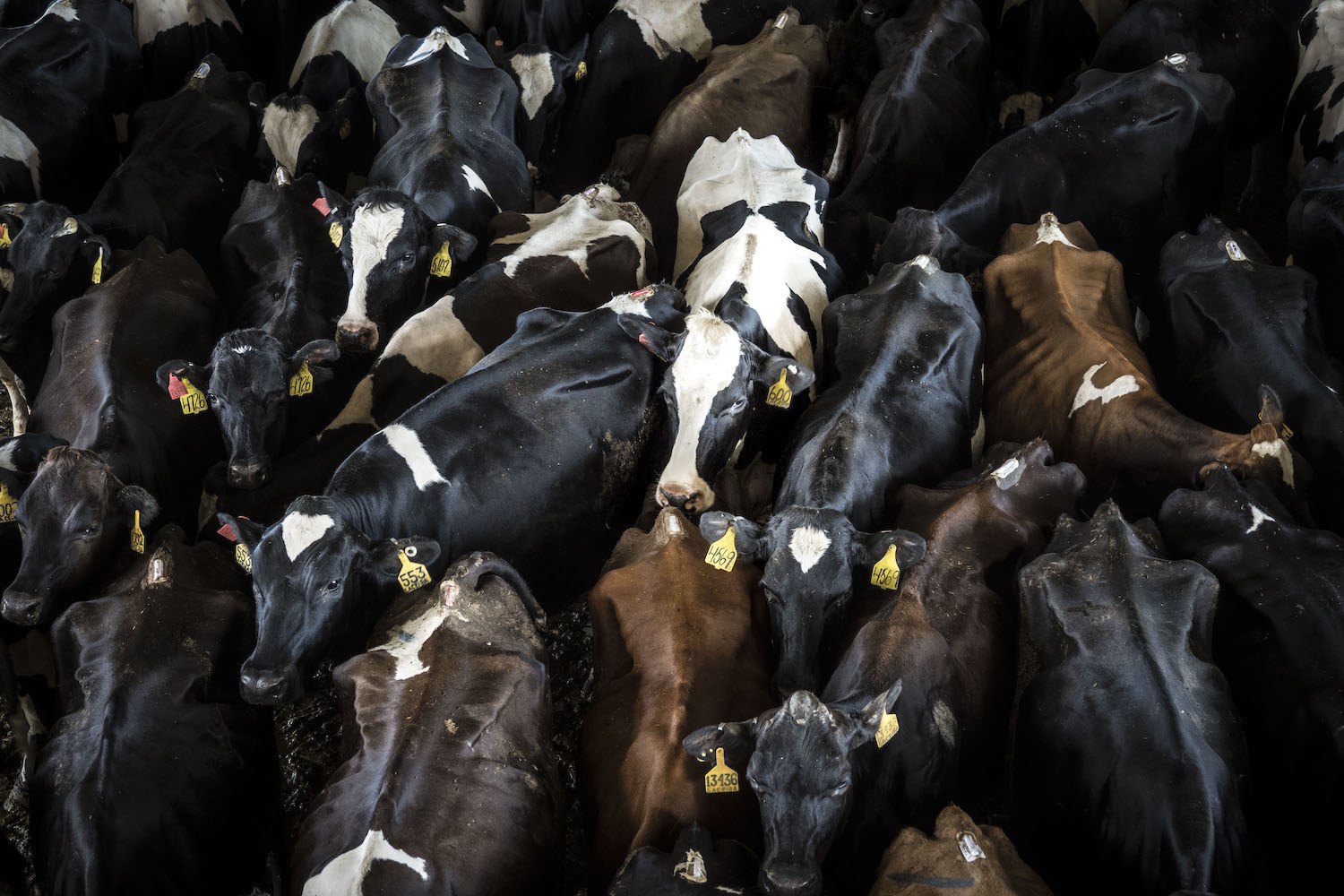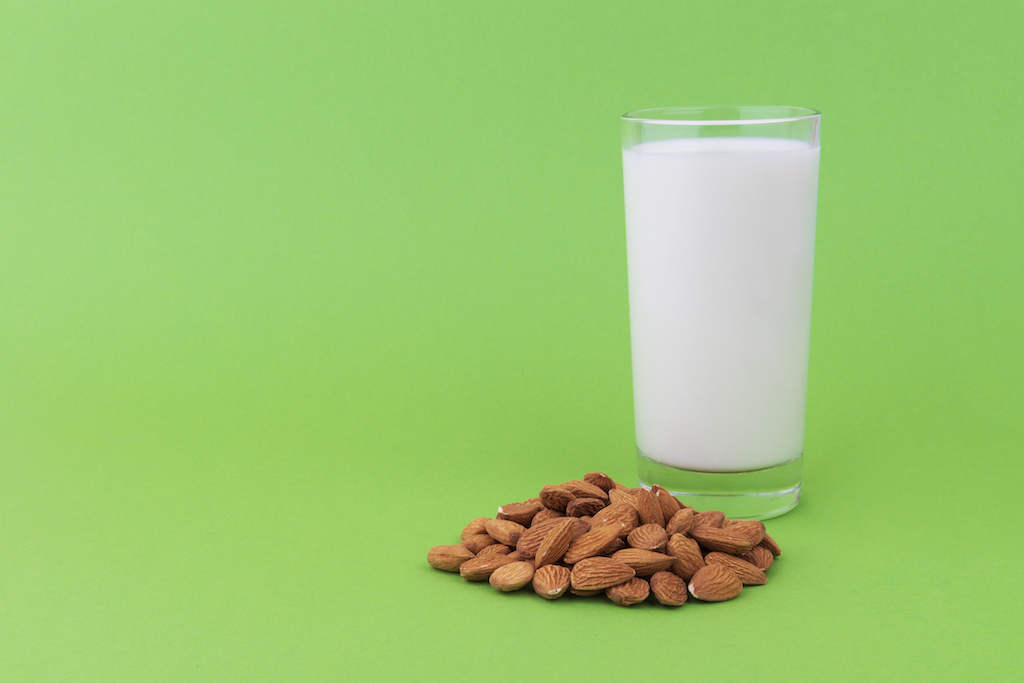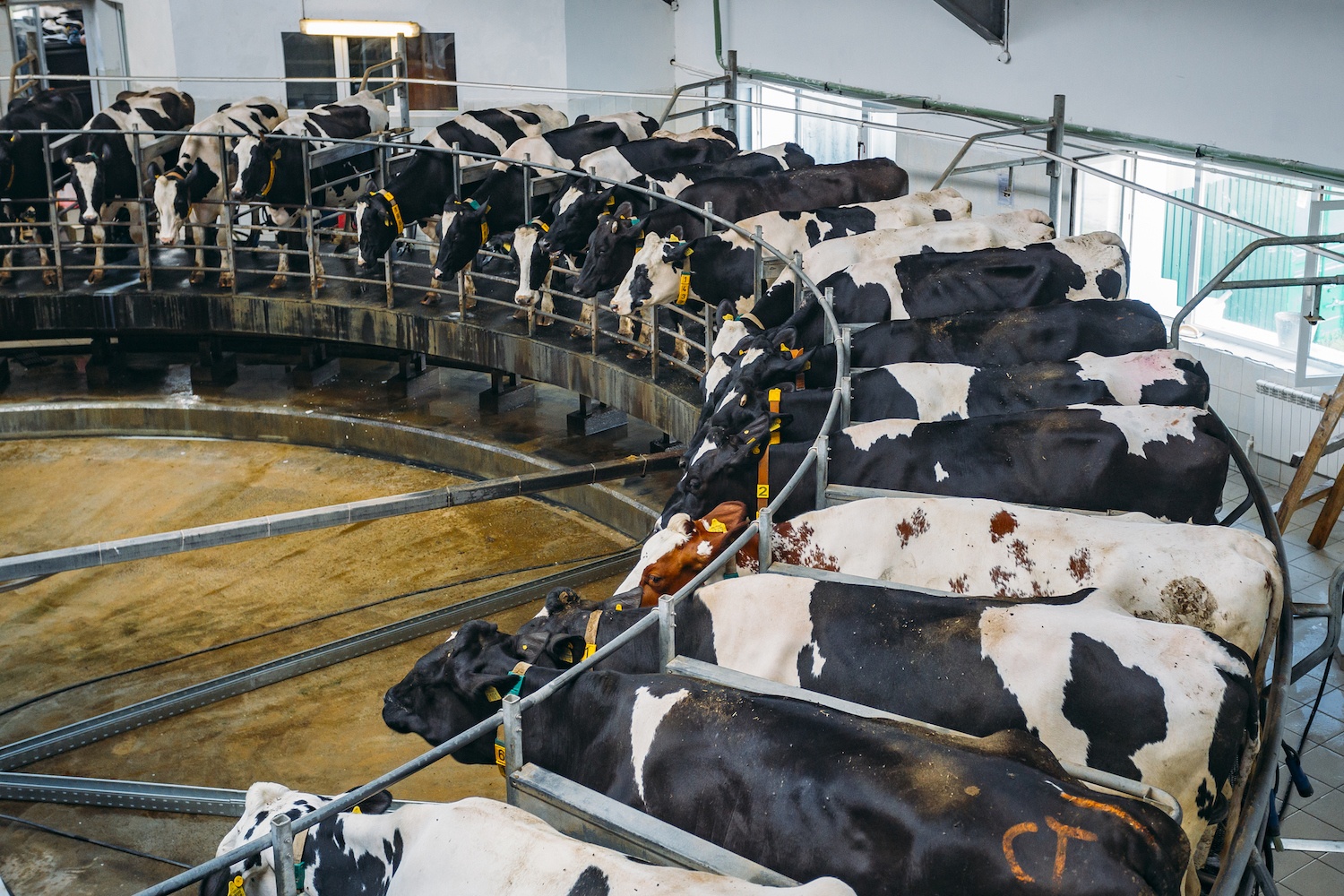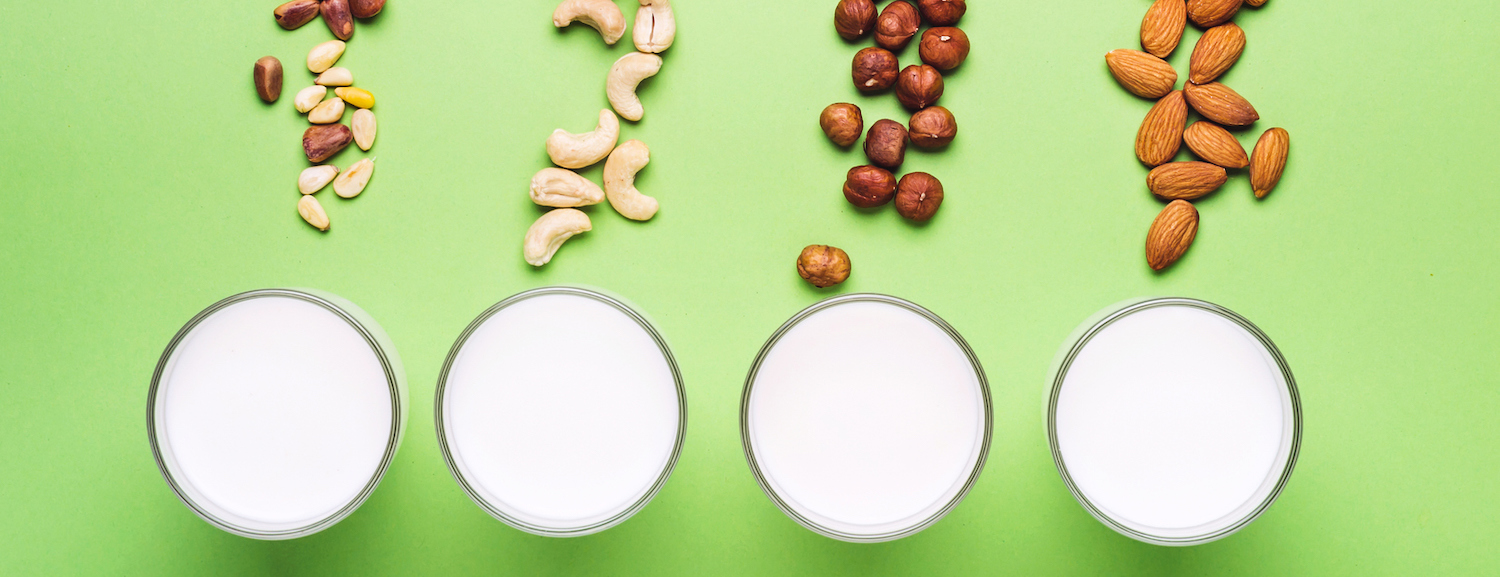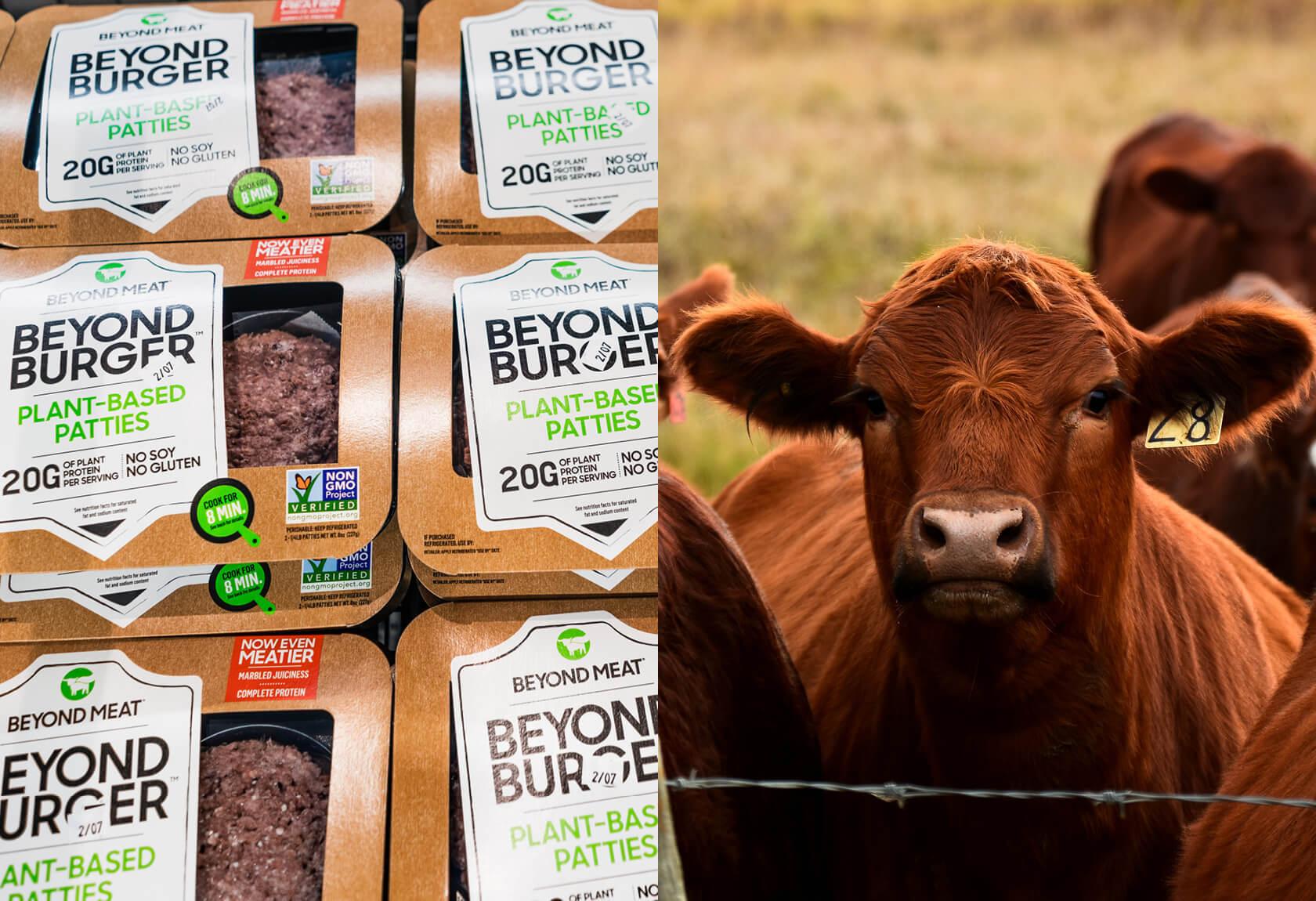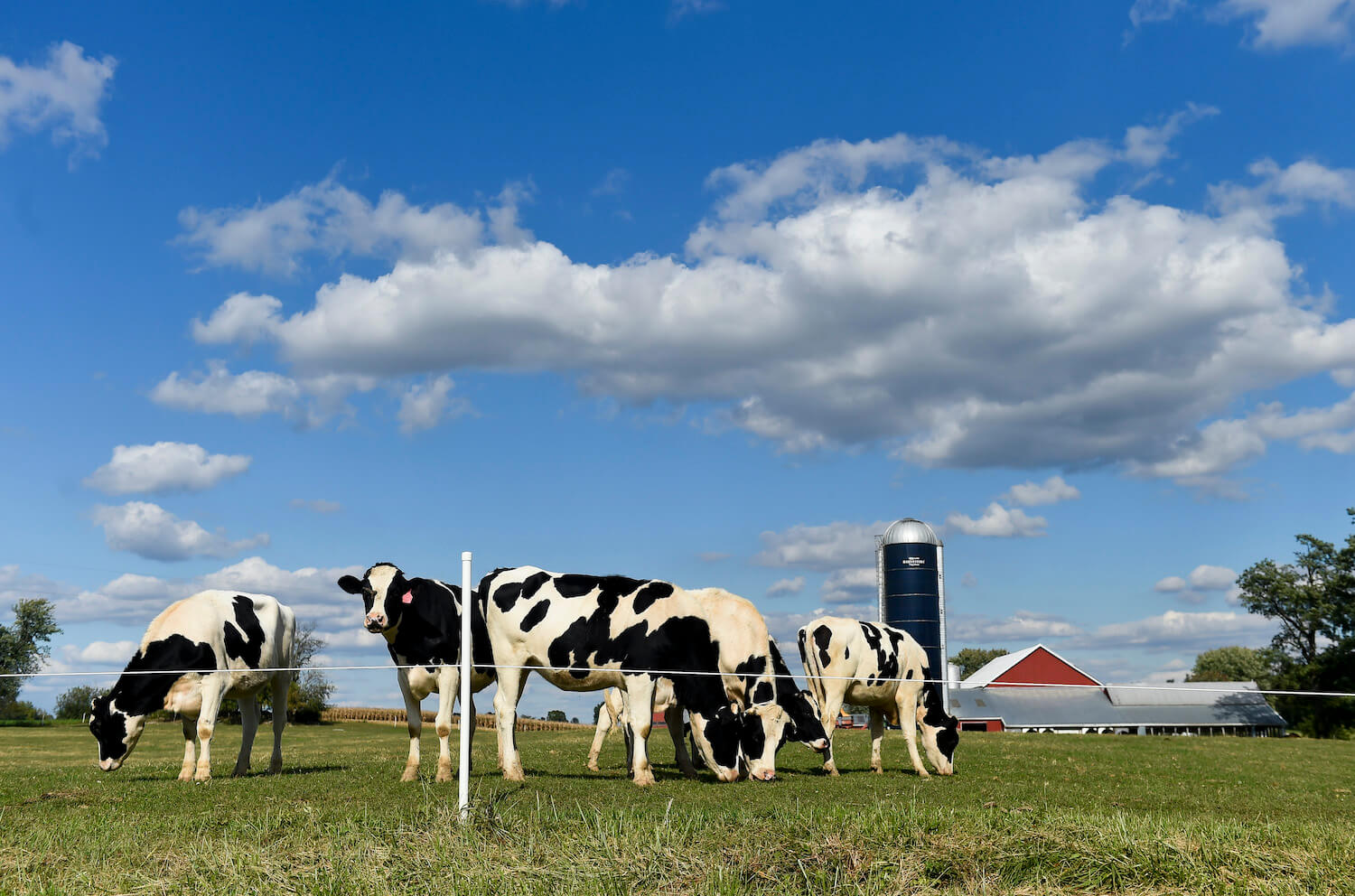
Ben Hasty/MediaNews Group/Reading Eagle via Getty Images)
Traditional dairy still maintains a huge market advantage over plant milks, but the gap is steadily tightening each year.
In the past half century, people started drinking less cow milk, and recently more and more people have joined in the trend, according to the Department of Agriculture.
This article is republished from The Midwest Center for Investigative Reporting. Read the original article here.
Cow milk consumption is almost 10 times larger than plant-based alternatives, but data shows a decrease in its popularity.
From 2013 to 2017, the latest year data is available, the number of gallons of cow milk consumed in a household per week decreased by 12.2%, while the number of gallons for plant based alternatives such as almond and soy milk, increased by 35.7%.
Scientists have suggested that diets with plant-based foods can provide an opportunity to reduce greenhouse gas emissions while improving human health, according to a report by the Intergovernmental Panel on Climate Change.
According to the IPCC, the lower the consumption of animal-based foods, the more potential to reduce emissions.

